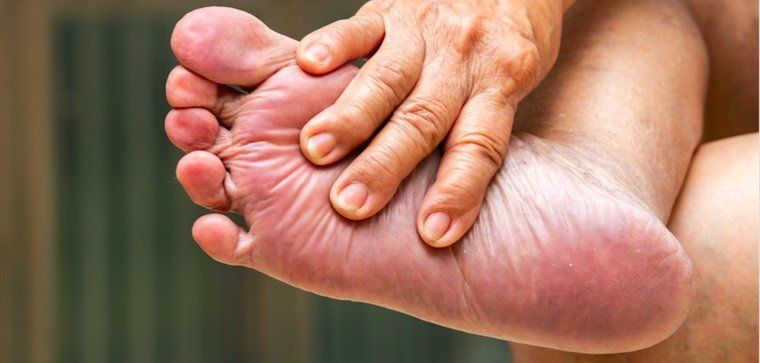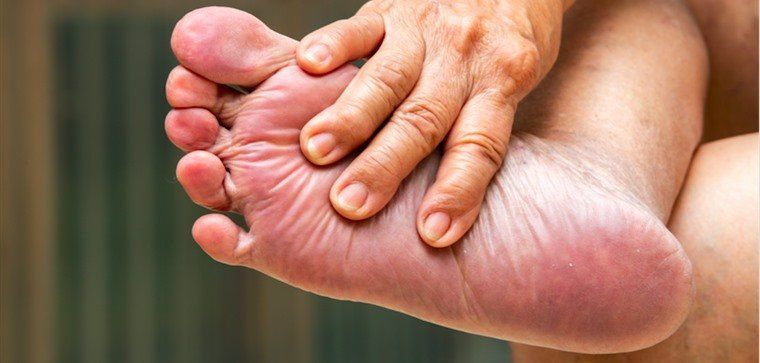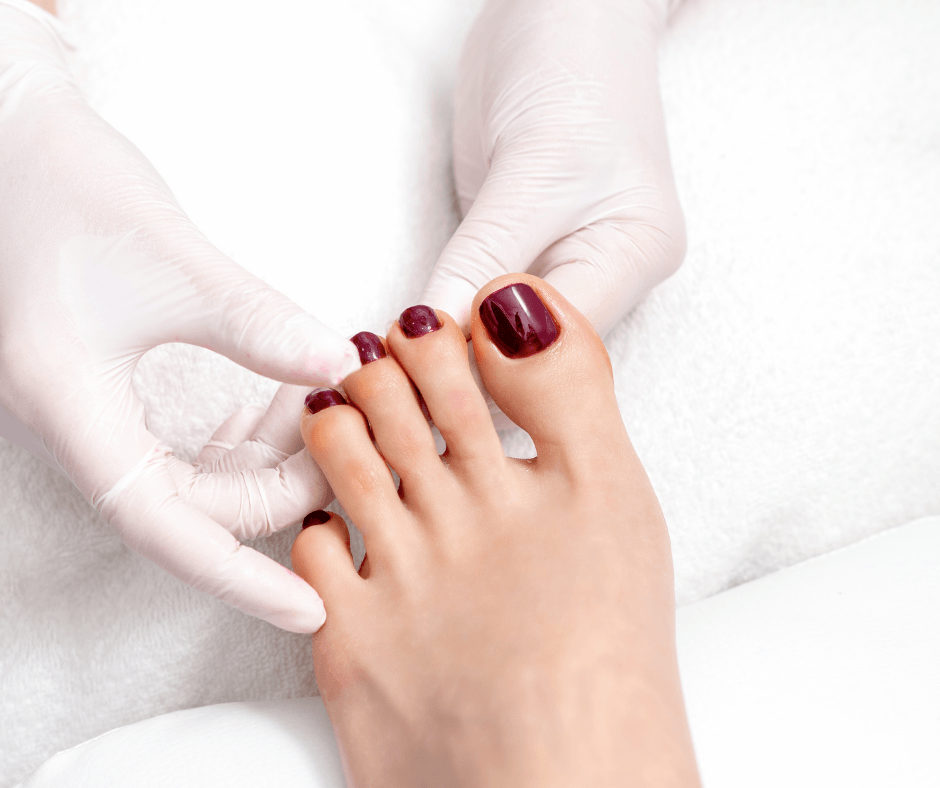Diabetes – How It Affects The Feet

As of 2015, about 10% of all Americans are now living with diabetes. The Center for Disease Control predicts this number to increase year on year. Diabetes, or hyperglycemia, is when the blood sugar of a person is too high and their body is unable to lower it due to not producing enough insulin. Over time, such a high amount of sugar in our blood will lead to changes and damage of our body and its underlying organ systems. For the feet and lower extremities, having diabetes that’s uncontrolled over time, leads to peripheral vascular disease (PVD) and peripheral nerve damage (peripheral neuropathy) with the patients noticing numbness, tingling sensations and shooting pains. With either of these pathologies, people may have serious complications from simple issues such a little cut or break in the skin of their foot. This is due to both the slow rate of healing from the bad blood flow of arterial disease along with the patient not noticing the problem due to the numbness of peripheral neuropathy until it’s too late. This is why it is important to see a medical professional for education and evaluation for appropriate shoe gear wear, self-foot checks and establishing a relationship in case any problems is seen for a quick evaluation.
If you are diabetic and unsure about how to take care of your feet or are experiencing any issues to the foot and ankle, let the staff at Central Carolina Foot and Ankle know how we can help you at (919)477-9333



